Analog, and other blessings of modern times. Bloodborne PSX is a fascinating demake
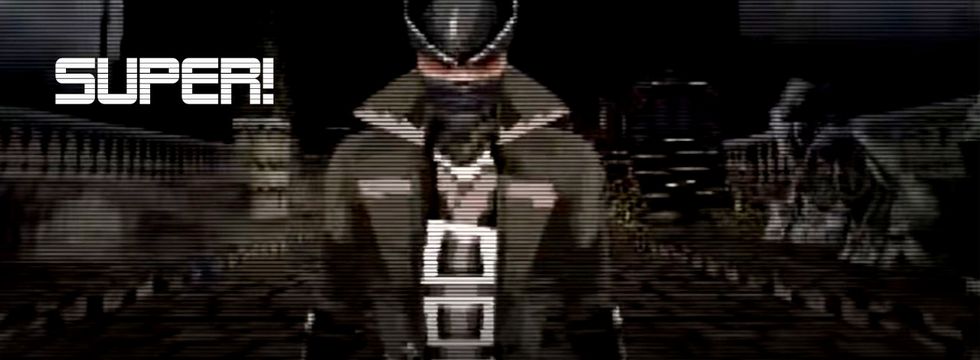
Analog, and other blessings of modern times
Okay, graphics aside – in the end, I didn't download Lilith Walther's game just to admire Yharnam's wonderful, antiquated atmosphere. How does Bloodborne PSX play? Surprisingly well, as it turns out. Some changes were necessary to do proper justice to the era of the first PlayStation, but the essence of FromSoftware's gloomy masterpiece is clearly preserved. The most visible change, resulting from the technological limitations, is by far the structure of the world. Yharnam in the original is mostly one large location, where it takes just a few minutes to get from a forest full of monstrous swirls of snakes to the hospital bed, where we start our adventure. Translating a single area to the technology from before 20 years – the central part of the city, containing The Great Bridge and the channels (expanded for the needs of the demake) – forced the separation of individual levels with loading screens.
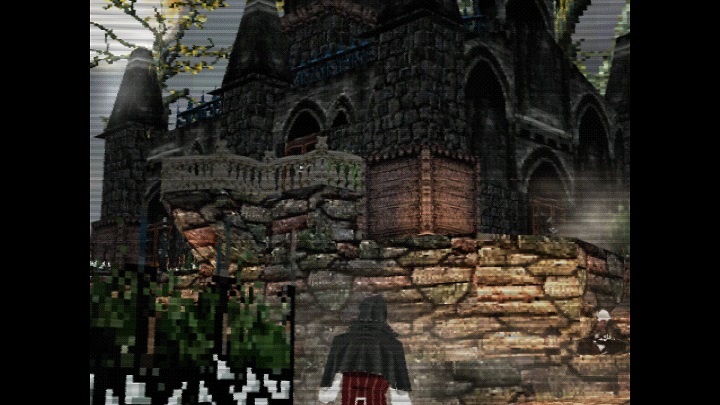
Of course, this changes the dynamics of the game, because opening almost every gate or going down a ladder requires a few seconds of downtime. If necessary, it also makes it easier to escape: the enemies will not follow us past the loading screen, so a few seconds of sprinting are often enough to lose the pursuit. Anyway, I have the impression that the opponents in Bloodborn PSX are not as fierce as in the original – and I would blame that on technological limitations as well. Less detailed graphics make it sometimes difficult to discern whether we are beyond the enemy's reach or not, whether our attack will reach them, or judge at what point should we fire the gun to stun them. And it seems to me that, in order to even the playing field a little bit, Lilith Walther simply reduced the aggression of some of the enemies. Dealing relatively little damage and having few HP, flightless ravens or mad dogs continue to charge without mercy, but human opponents, werewolves and bosses already telegraph their attacks clearly and leave more time to react or heal.
This doesn't mean, of course, that Bloodborne PSX is an easy game, because minor simplifications go hand in hand with serious changes in the use of the game. The inventory system has been heavily reworked, replacing neat, legible equipment from the original with large icons, there are fewer slots (three) for quick-use items (such as blood vials, Molotov cocktails or keys), and weapon transformations are accessible only from the menu – so I personally used this option exactly once throughout the game. Most importantly, you have to get used to completely different controls.
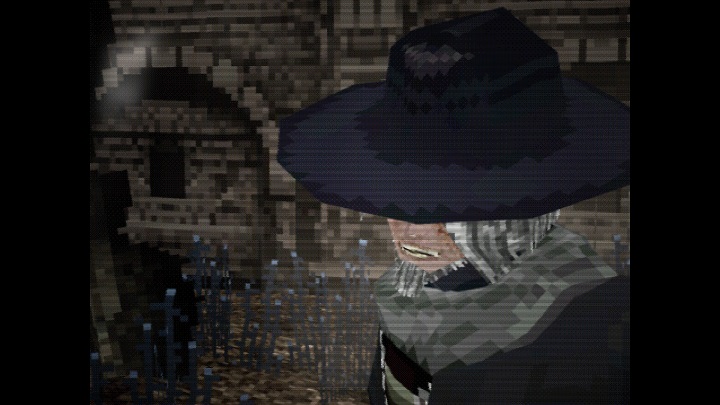
Lilith Walther took no prisoners here. Analog knobs? The first version of the DualShock did not have them, so the functionality had to go; they will only remind you of a privilege that has been brutally wrenched from your hands. In Bloodborn PSX, we move with the cursors, and the camera is controlled with triggers. If you still have the muscle memory from the original, you're screwed. Sorry. I played it relatively recently, so it took good two hours to get used to the new system: I rotated the camera all the time when I wanted to attack and fired my pistol when I wanted to transform melee weapons. Interestingly, however, once you get used to the controls and a bit slower pace, you can have as much fun here as in the PlayStation 4 version.
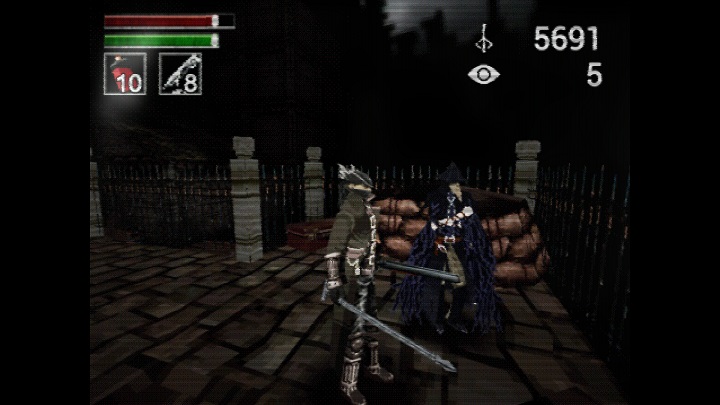
This fan project really like a FromSoftware game released two decades ago. In fact, only the graphics clearly distinguish the original from the demake. It's a bit slower, loading screens interfere with full immersion, enemies are a bit more forgiving, the controls are not as natural, but the essence of Bloodborne doesn't let you leave the game for a second. This is surprising – and a bit worrying, as it could mean that in terms of gameplay itself, the gaming industry hasn't made as much of a leap as we think. On the other hand – maybe it is simply due to the fact that the Miyazaki team, instead of chasing the latest trends, refers to the old school that chastened players for mistakes and provided a lot of satisfaction.
Regardless of what makes Bloodborne so perfectly suited to the realities of the late 90s, it prompts you to think about what, if any, mark such a game would leave on the industry back in the day. Contrary to fully deserved admiration the game enjoys nowadays, I believe that it would not necessarily have been revolutionary 20 years ago. The gloomy atmosphere of Yharnam would undoubtedly find its fans, but the (in)famous difficulty level of contemporary FromSoftware productions would not be anything new in the era of the first PlayStation, when games did not hold the player by the hand. I can also bet that it would not have received such praises for the enigmatic storytelling – back then, most games were like that. Maybe Bloodborne demake fits the PSX era so well because it has never really been interested in being contemporary? Or maybe – and this is probably the most optimistic option – truly exceptional works are simply time-resistant?
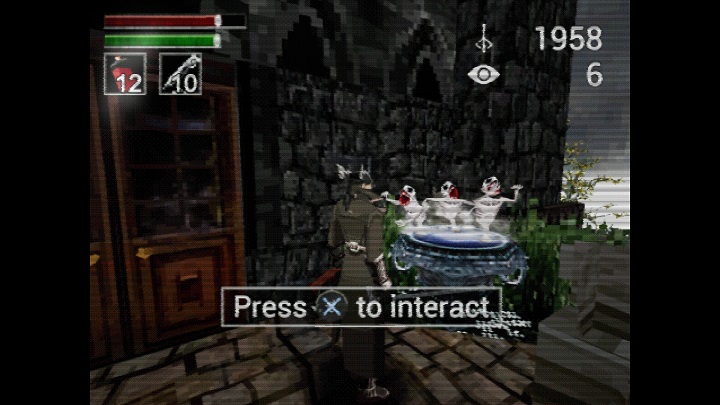
This is, unfortunately, an empty guess, at least until our time machine returns from maintenance. The fact is that Lilith Walther has done an admirable thing for sure. Bloodborne PSX only recreates a fraction of the 2015 production (up to the gate leading to the Cathedral Ward, which is sealed tight), but it's made so well that you can easily imagine the entire game in the same convention. At the same time, it slightly extends initial locations, because the author expanded the sewers, added a small stage inside the luxurious house, and gave us a new boss fight – in a full set with a gloomy plot and a great soundtrack. I have no idea what motivated her to make such an effort, since the project was a rather niche and definitely non-profit initiative from the get-go, but I am glad that they managed to see it through. Because, surprisingly, Bloodborne feels at home in the realities of the first PlayStation.
